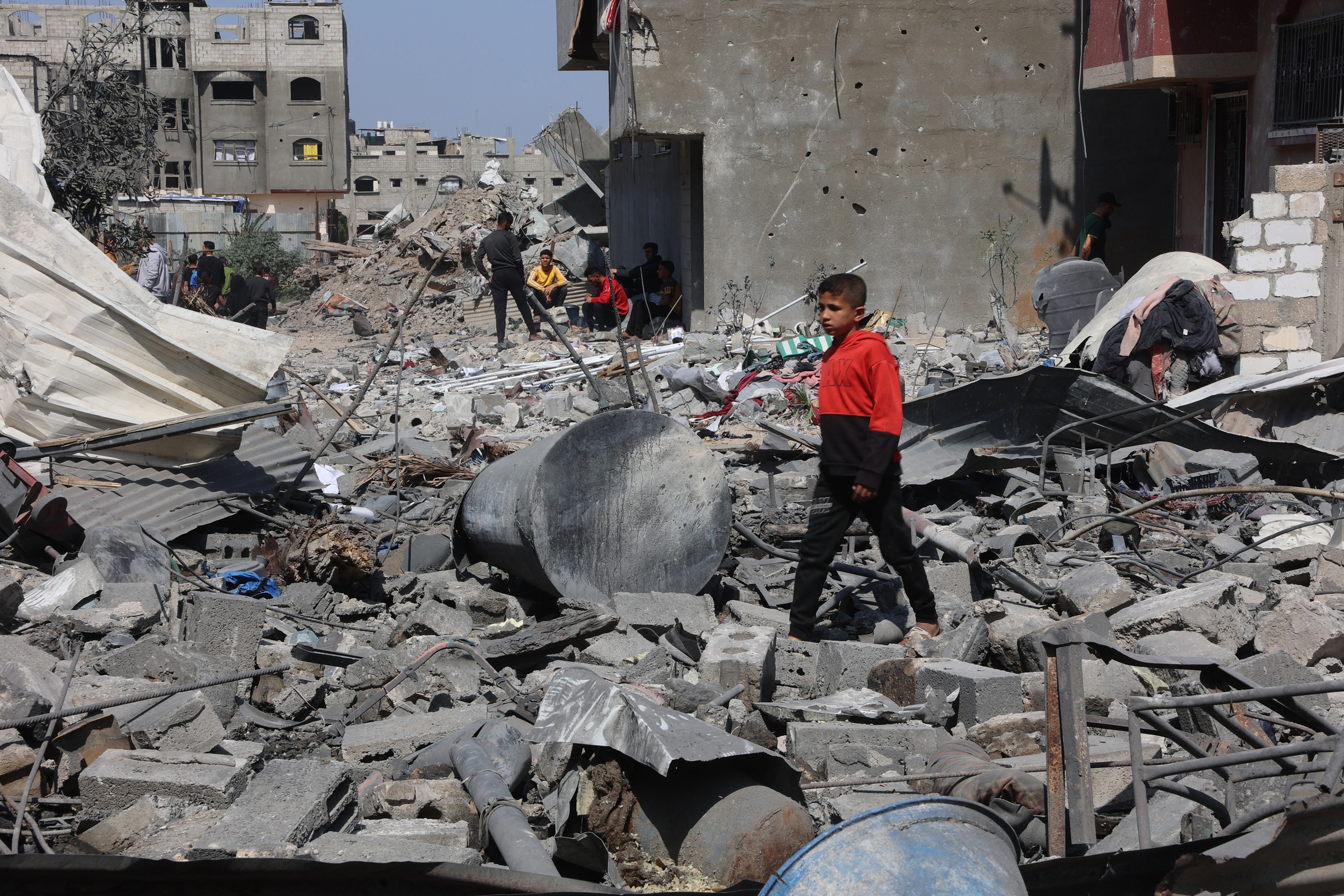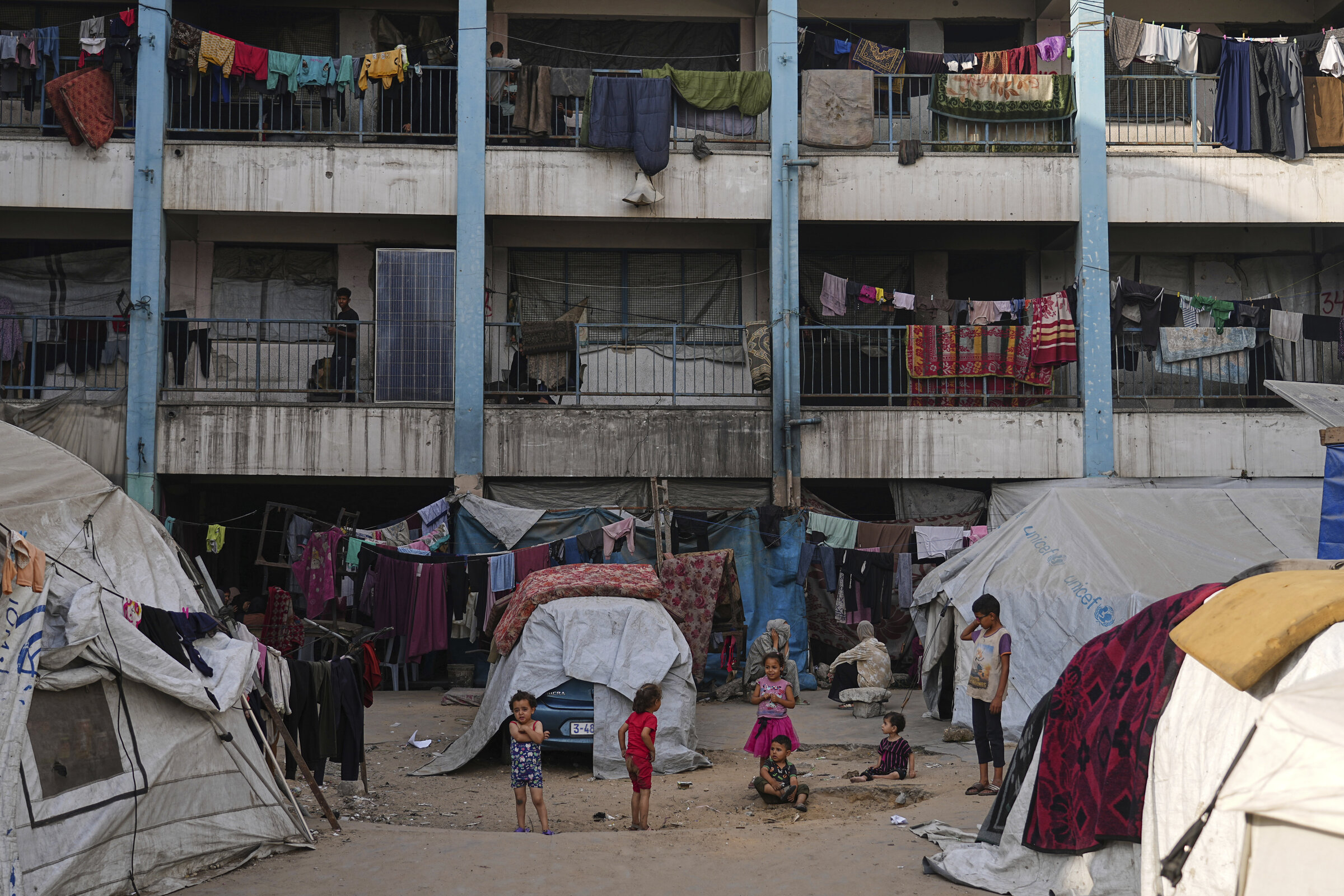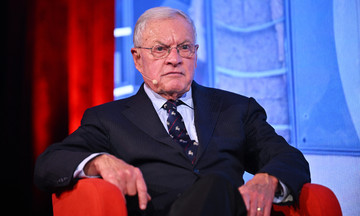"My only dream was to study medicine," said 18-year-old Qanan.
Everything changed when the conflict in the Gaza Strip erupted in 10/2023. The Hamas militant group launched a surprise attack on southern Israel, killing 1,200 people and taking about 250 hostage. Tel Aviv then retaliated with a deadly campaign.
Schools closed amid the intense fighting, becoming shelters for hundreds of thousands of displaced people. For Gaza children like Qanan, school closures meant missing crucial lessons, graduation exams, and university dreams.
Even with a new ceasefire, rebuilding Gaza will be a long and arduous task. Many areas have been completely destroyed. The United Nations Children's Fund (UNICEF) estimates that nearly 90% of schools will need significant reconstruction before they can reopen.
 |
Destroyed houses in the Shujaiya neighborhood, east of Gaza City, after the Israeli airstrike on 18/3. Photo: AFP |
Destroyed houses in the Shujaiya neighborhood, east of Gaza City, after the Israeli airstrike on 18/3. Photo: AFP
Like many in Gaza, Qanan's family has been displaced multiple times and now lives in a cramped, hot tent. When her home was destroyed in an Israeli airstrike in early 2024, Qanan searched the rubble for her books, but "nothing was left."
Qanan's father, Ibrahim, a local journalist, said that before the conflict, the family did everything to support her dream. Now, everything is shattered.
"The war has stunned us and turned our lives upside down. Our dreams and hopes are buried under the rubble of our home," said Ibrahim, a father of six.
According to UNICEF, over 650,000 students have been without access to education since the conflict began. Nearly 40,000 have missed university entrance exams, crucial for their future careers.
Tens of thousands of Palestinians have been killed, and 90% of Gaza's population has been displaced. School-aged children are living in crowded shelters or tents, often helping their families search for food, water, and firewood. Israel imposed a complete blockade on Gaza in early March. Though slightly eased 2.5 months later, the measures have pushed the region to the brink of famine and a humanitarian crisis.
Local education officials, along with UNICEF and aid groups, have set up hundreds of learning centers to help children continue their studies.
"We are trying to save the future generation," said Mohamed al-Asouli, head of the education department in Khan Younis, southern Gaza.
During a six-week ceasefire in January and February, about 600 learning centers were established, supporting 173,000 students. But since the ceasefire collapsed in March, nearly half have closed.
"The impact goes beyond the loss of learning. Gaza's children are trapped in a cycle of violence, fear, stress, and anxiety," said Rosalia Bollen, a UNICEF spokesperson.
 |
Palestinians displaced by the conflict live in a UN-run school in Gaza City on 23/6. Photo: AP |
Palestinians displaced by the conflict live in a UN-run school in Gaza City on 23/6. Photo: AP
Some children have tried to continue learning online, but that's not easy in Gaza. Without a national power grid, Palestinians rely on solar panels or generators, making charging phones and connecting to the internet difficult.
"Phones aren't always charged, and our family only has one," said Nesma Zouaroub, a mother of four school-aged children. Her youngest son should be in second grade but cannot read or write.
"The children's future is ruined," she said.
Ola Shaban struggled to continue her online civil engineering degree after her university was destroyed in 4/2024. She walked long distances to find an internet connection but eventually gave up.
"I couldn't continue because of the lack of internet, constant displacement, and the ever-present feeling of insecurity. I've lost two years of my life," she said.
Qanan has also given up on her dream. "I've stopped thinking about it. All I think about now is how to survive," she said.
Thuy Lam (Washington Post)












